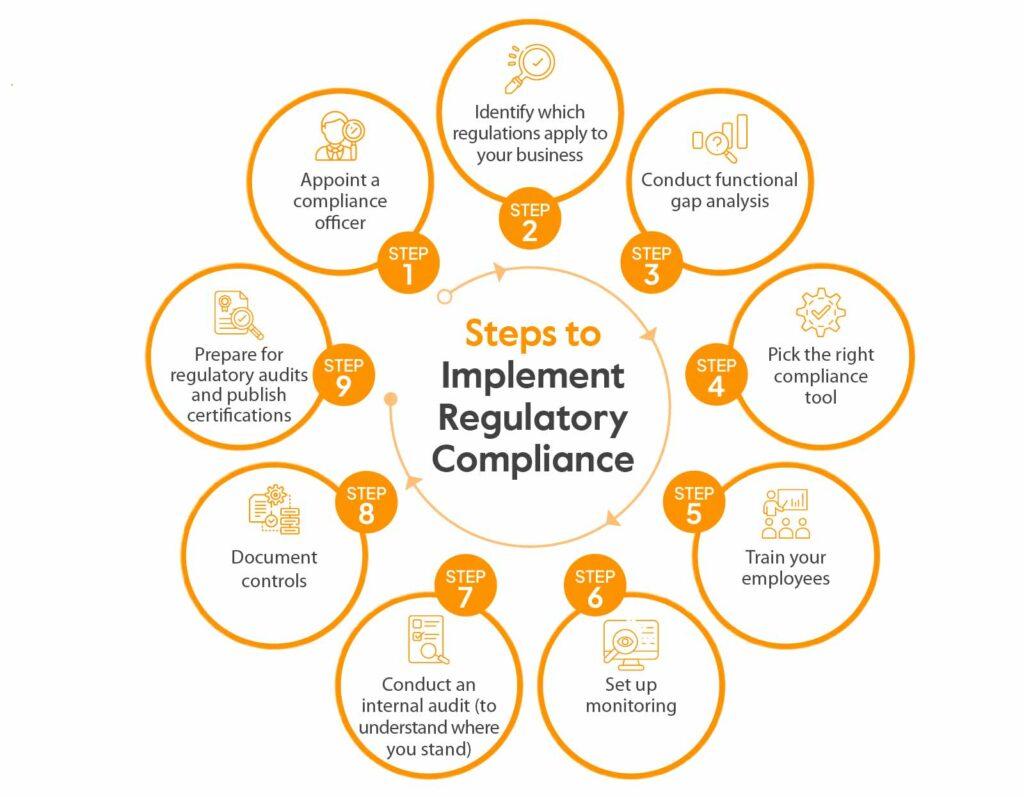Why Your Regulatory compliance Strategies Aren’t Keeping Pace

introduction
Regulatory compliance is a critical aspect of any business, especially those in the medical technology sector. With the rapid increase in global regulations, it’s becoming increasingly challenging for companies to keep pace. This article explores why your regulatory compliance strategies may not be keeping up and provides practical solutions to help you stay ahead.
The Challenges of Keeping Pace with Regulations
There are several reasons why your regulatory compliance strategies may not be keeping pace with changing regulations:
Lack of Resources and Expertise
Many companies do not have dedicated regulatory compliance teams and rely on their existing workforce to handle compliance issues.This can lead to a lack of resources and expertise in understanding and implementing new regulations. Compliance is a complex and constantly changing field, and without the right resources and expertise, companies may struggle to keep up with the changes.
Inadequate training
Even with a compliance team in place, if they are not adequately trained on the latest regulations, they may overlook vital changes and fail to implement them in a timely manner. Regular training and advancement programs are essential to keep the compliance team up to date on regulations and ensure they are able to implement them effectively.
Reactive Approach to Compliance
Many companies take a reactive approach to compliance,onyl addressing issues as they arise rather than being proactive in identifying potential risks.This can lead to compliance gaps and delays in implementing necessary changes. Companies should have a proactive approach to compliance, regularly reviewing their processes and systems to identify any potential compliance risks.
Siloed Functions and Lack of Collaboration
compliance is not just the responsibility of the compliance team; it requires collaboration between different departments and functions within a company. If there is a lack of collaboration and communication between these departments, changes in regulations may not be effectively communicated, and implementation may be delayed.
Failure to Conduct Regular Compliance Audits
Regular compliance audits are essential to identify any compliance gaps and ensure that processes and systems are in line with the latest regulations.Failure to conduct these audits may result in compliance issues being overlooked, leading to potential fines and penalties for the company.
Keeping Pace with Changing Regulations
To keep pace with changing regulations, companies should:
invest in Dedicated Compliance Resources
Having a dedicated compliance team with the right resources and expertise is critical to staying on top of changing regulations. this team should be responsible for monitoring regulatory changes and ensuring that compliance policies and procedures are updated accordingly.
Implement Regular Training and Development Programs
Regular training and development programs should be implemented to ensure that the compliance team and other key employees are up to date on the latest regulations and have the necessary skills to implement them effectively.
Take a Proactive Approach to Compliance
Companies should take a proactive approach to compliance,regularly reviewing their processes and procedures to identify potential compliance risks. This will allow them to address any issues before they become major problems.
Foster Collaboration Between Different Departments
Collaboration and communication between different departments and functions is critical for effective compliance. Companies should foster a culture of collaboration to ensure that changes in regulations are effectively communicated and implemented across all departments.
Conduct Regular Compliance Audits
Regular compliance audits should be conducted to identify any gaps in compliance and ensure that processes and systems are up to date with the latest regulations. This will help companies stay ahead of any potential compliance issues and avoid fines and penalties.
Conclusion
companies need to be proactive, well-resourced, and collaborate with different departments to keep pace with changing regulations. Regular training and development programs and compliance audits are also essential to ensure that processes and systems are in line with the latest regulations. By addressing these issues, companies can effectively manage their compliance, avoid costly fines, and protect their reputation.
